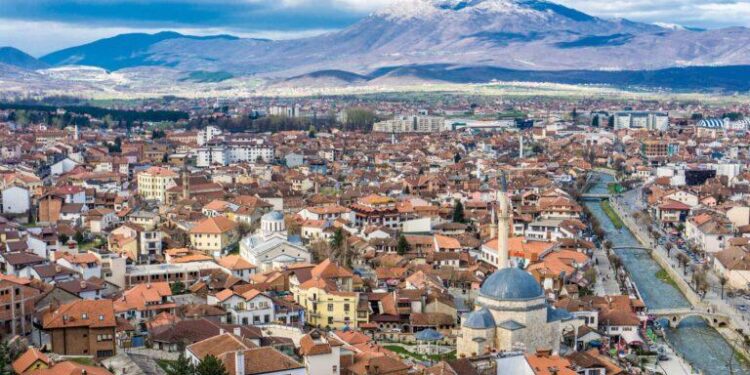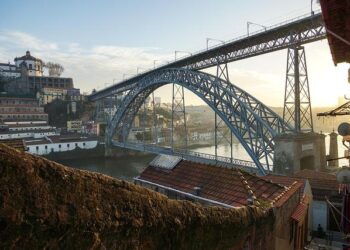Kosovo stands at the crossroads of history and culture, where Albanian and Serbian identities intertwine amid complex social and political dynamics. As Britannica details, the region’s rich heritage reflects centuries of coexistence, conflict, and cultural exchange between its two major ethnic groups. This article explores Kosovo’s multifaceted cultural landscape, shedding light on how Albanian and Serbian traditions continue to shape the territory’s evolving narrative in the 21st century.
Kosovo’s Cultural Mosaic Exploring Albanian and Serbian Traditions
In Kosovo, the rich tapestry of heritage is vividly reflected through the traditions of its Albanian and Serbian communities. These cultural narratives, while distinct, share a common thread of resilience and identity, expressed through music, dance, cuisine, and religious ceremonies. The Albanian population treasures the Kanun, a centuries-old set of customary laws that shapes social conduct, alongside vibrant folk music and the iconic √ßifteli instrument. Meanwhile, the Serbian community emphasizes the preservation of the Orthodox Christian faith, evident in its centuries-old monasteries and festivity of saints’ days, creating a spiritual anchor and pride.
Both cultures contribute to Kosovo’s diverse landscape with unique festivals and culinary delights, celebrated in harmony despite historical tensions. The coexistence can be seen in the festivals’ calendars, where:
- Albanian New Year (Dita e Ver√ęs) – Welcomes spring with colorful rituals and symbolic foods.
- Slava – A deeply rooted Serbian Orthodox tradition honoring family patron saints.
- Traditional dance – Both groups have vibrant folk dances: the energetic Valle for Albanians and the solemn Kolo circles for Serbs.
| Aspect | Albanian Tradition | Serbian Tradition | |||||||||||||||||||||||||||||||||||||
|---|---|---|---|---|---|---|---|---|---|---|---|---|---|---|---|---|---|---|---|---|---|---|---|---|---|---|---|---|---|---|---|---|---|---|---|---|---|---|---|
| Music | Çifteli & folk ballads | Church choirs & epic poems | |||||||||||||||||||||||||||||||||||||
| Festivals | In Kosovo, the rich tapestry of heritage is vividly reflected through the traditions of its Albanian and Serbian communities. These cultural narratives, while distinct, share a common thread of resilience and identity, expressed through music, dance, cuisine, and religious ceremonies. The Albanian population treasures the Kanun, a centuries-old set of customary laws that shapes social conduct, alongside vibrant folk music and the iconic √ßifteli instrument. Meanwhile, the Serbian community emphasizes the preservation of the Orthodox Christian faith, evident in its centuries-old monasteries and festivity of saints’ days, creating a spiritual anchor and pride. Both cultures contribute to Kosovo’s diverse landscape with unique festivals and culinary delights, celebrated in harmony despite historical tensions. The coexistence can be seen in the festivals’ calendars, where:
|
















